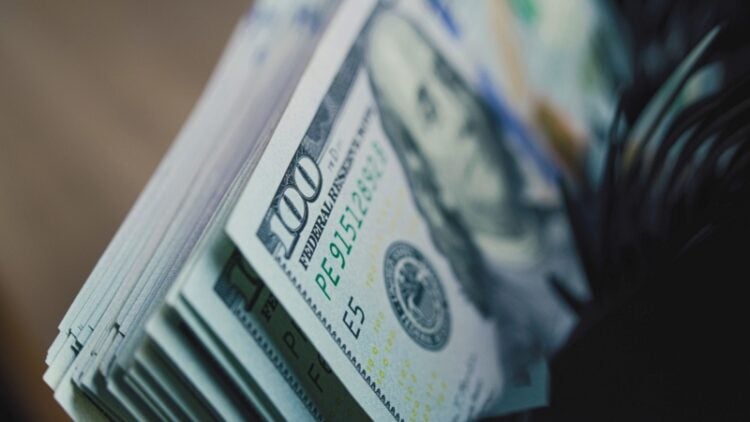Publisher: Maaal International Media Company
License: 465734
Dollar wallows near 3-1/2-year low as Fed easing, Trump bill in focus
The U.S. dollar languished near its lowest since February 2022 against major peers on Wednesday as traders considered the potential impact of President Donald Trump’s spending bill, and looming tariff deadlines, Reuters reported.
Market participants are in a holding pattern until they get clarity on those matters and as they await U.S. jobs data for June, and the dollar inched up slightly but remained near recent lows.
The euro was down 0.3% at $1.1774, on Wednesday, but close to its highest since September 2021 hit Tuesday, and the pound was down 0.15% at $1.3722, after hitting a three-and-a-half year top the previous day.
اقرأ المزيد
With the dollar up 0.3% on the Japanese yen at 143.8, that left the dollar index, which measures the currency against six major counterparts, slightly higher at 96.744, but near its overnight over three-year low.
A plethora of factors has weighed on the U.S. currency this year, and it has had its worst first half of a year since the era of free-floating currencies began in the early 1970s.
These include policy uncertainty that makes asset managers jittery about some U.S. holdings and spurs them to increase currency hedges, an unwinding of stretched long dollar positioning, and increased bets in recent weeks on the Federal Reserve easing this year.
Traders were keeping an eye on the European Central Bank’s annual conference in Sintra, Portugal, where Fed chair Jerome Powell reiterated on Tuesday that the Fed is taking a patient approach to further rate cuts. Still, he did not rule out a reduction at this month’s meeting, saying everything depended on incoming data.
That raises the stakes for the monthly non-farm payrolls report on Thursday – a day earlier because of Friday’s July 4 holiday. Indications of labour market resilience in the U.S. JOLTS figures overnight saw the dollar rise off Tuesday’s lows.
“Weaker economic data is still ultimately needed for (U.S. rate cuts) and the JOLTs data throws up further doubts over the timing of a more pronounced labour market downturn that would encourage the Fed to restart monetary easing,” said Derek Halpenny, head of research, global markets EMEA, in a note.
Traders are keeping a close watch on Trump’s massive tax-and-spending bill, which could add $3.3 trillion to the national debt. The bill, passed by the U.S. Senate, will return to the House for final approval.
“The confirmation that this is an increase in issuance, an increase in government spending well beyond its means, is not necessarily good news for the Treasury market, and it’s arguably one of the reasons the dollar’s going down,” said Rodrigo Catril, a strategist at National Australia Bank.
Also weighing on the U.S. currency has been Trump’s continued efforts to get Powell to cut rates, putting Fed independence in the spotlight.
On Monday, Trump sent the Fed chair a list of global central bank key rates adorned with handwritten commentary, saying the U.S. rate should be between Japan’s 0.5% and Denmark’s 1.75%, and telling him he was “as usual, ‘too late.'”









